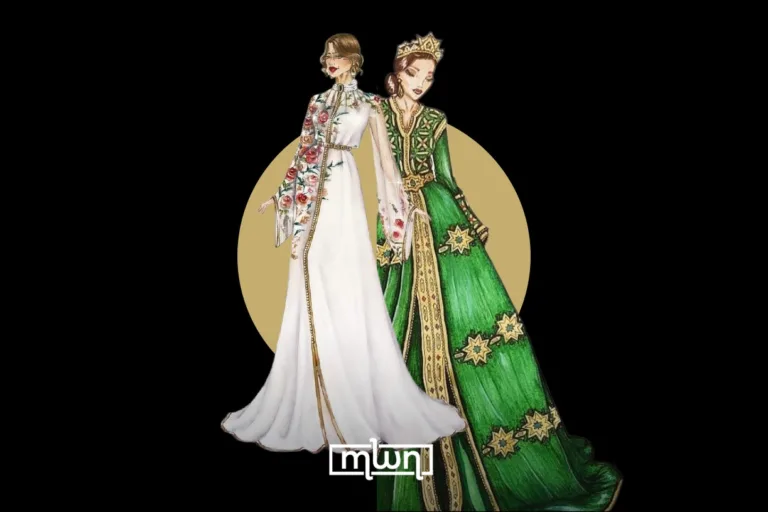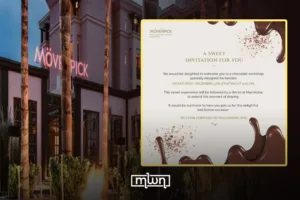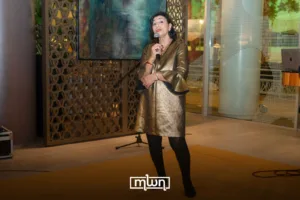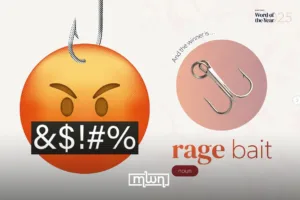Let’s take a look at the cultural bond between Morocco and its iconic sugar loaf
Fez– In Morocco, sugar isn’t just a pantry item. It’s a cultural companion, present in joy, in grief, and in every nuanced space in between.
While the world moves toward low-calorie alternatives and trendy syrups, Moroccans are still breaking sugar loaves with devotion, especially when it matters most.
At first glance, the cone-shaped sugar loaf, stark white, heavy, and wrapped with care, may seem like an ordinary product. But it carries extraordinary weight in Moroccan society.
Weddings, engagements, homecomings from pilgrimage, births, all welcome this solid block of sweetness as both a blessing and a gift.
Even in mourning, Moroccans arrive with sugar loaves in hand, silently offering comfort and presence. It’s never just about the taste. It’s about meaning.
This emotional bond with sugar goes far beyond the teacup. Moroccans drink their tea steeped in ritual as much as in sweetness.
But the deeper link lies in how sugar marks moments, ties families, and smooths transitions in life.
A white sugar loaf is seen as a sign of purity, well-wishing, and, depending on the context, either congratulations or condolences.
While Morocco’s supermarkets offer every modern format of sugar, from large cubes to fine grains, the traditional sugar cone still dominates meaningful occasions.
It’s particularly rooted in rural life and traditional households.
But where did this tradition begin?
Historically, Morocco has had a long-standing relationship with sugar production. Introduced in the 12th century, sugar was first derived from cane cultivated in regions like Souss and Chichaoua.
During the Saadyin dynasty in the 16th and 17th centuries, sugar manufacturing flourished.
Factories built under Sultan Ahmed al-Mansur processed the cane into sugar cones, which were then traded for weapons and war supplies, an early glimpse of sugar’s value as both currency and power.
Even in modern times, this connection endures. When refined sugar production resumed in 1929 through the French-built Cosumar refinery, the cone format remained iconic.
Later, local production expanded with beet sugar in 1963 and cane sugar in 1972. Yet the cone’s status was never just about practicality; it was symbolic. It still is.
Sugar also served as a tool of politics. In the 19th century, Moroccan sultans offered sugar and tea to tribal leaders as a diplomatic strategy.
This gesture was more than generosity; it was a calculated offering designed to win loyalty or calm dissent.
In return, tribes would present sugar cones to the Sultan during religious festivals: a gesture loaded with allegiance, deference, and sometimes strategic silence.
Through it all, sugar in Morocco evolved into something more than a food. It became a language, quiet, universal, and eloquent.
A sugar loaf says “peace be upon you” at a funeral, “may your life be sweet” at a wedding, and “we’re thinking of you” during illness. Its whiteness stands for purity. Its sweetness, hope.
To this day, event planners still prefer using traditional cones for tea at celebrations. Families keep them at home, not only for hospitality but for symbolism.
It’s not uncommon to find a sugar loaf wrapped in fabric, sometimes stained with henna, ready to be gifted at the next celebration or condolence visit.
In Moroccan culture, sugar is not just eaten. It is shared. And that act of sharing, whether in happiness or sorrow, keeps the sugar cone alive as one of Morocco’s most enduring traditions.
Read also: Marrakech Hosts the 5th National Festival of Amateur Theatre This June
















